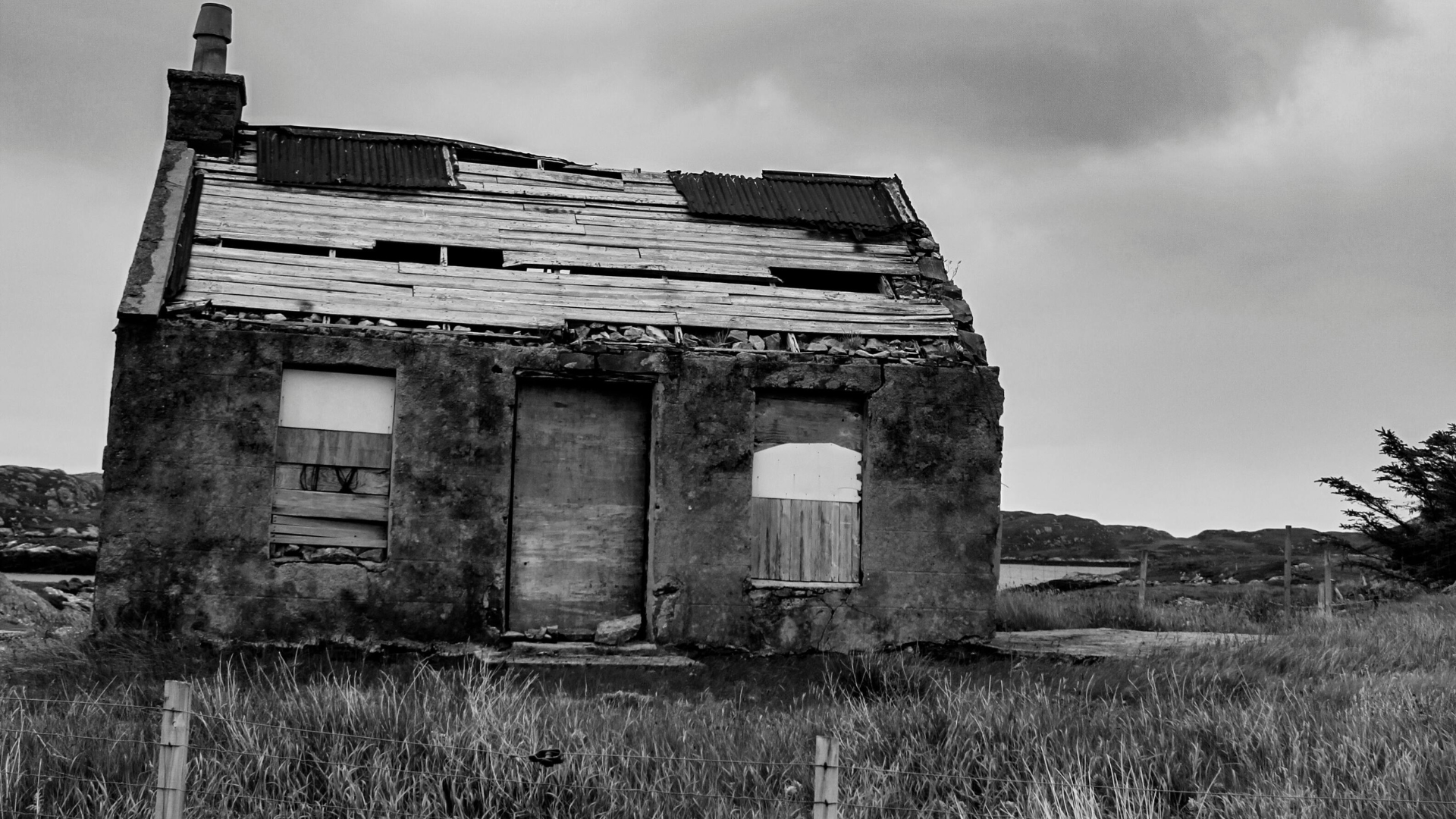Wilderness therapy programs have become a beacon of hope for parents seeking to help their troubled teens. Images of sprawling landscapes, introspective bonding with nature, and newfound self-reliance paint a compelling picture. But what happens when the brochure’s promise crumbles into a chilling reality? Trails Carolina, a wilderness program nestled in North Carolina, has become synonymous with disturbing allegations, raising questions about the industry’s safety and oversight.
This blog dives deeper than the glossy brochures, exploring the unsettling truths behind the Trails Carolina horror stories. We’ll dissect the reported abuses, analyze the program’s response, and equip you with crucial information for navigating the complex world of wilderness therapy.
From Picture Perfect to a Broken Promise
Trails Carolina, like many wilderness programs, excels at crafting an idyllic image. Their website boasts breathtaking mountain vistas, testimonials brimming with newfound confidence, and staff members radiating warmth and expertise. It’s a picture of transformation, a chance for teens to shed their troubles and embrace the healing power of nature.
However, in recent years, a starkly contrasting narrative has emerged. Former participants have stepped forward with harrowing accounts, shattering the carefully constructed facade. These stories paint a picture far removed from the brochure’s promises, detailing a culture of alleged abuse, neglect, and dangerous conditions.
A Chilling Reality: The Allegations Against Trails Carolina
The reported abuses at Trails Carolina are not isolated incidents but rather a disturbing pattern. Here’s a glimpse into the alleged horrors:
- Weaponized Nature: Imagine being forced to hike for miles in scorching heat or freezing rain without proper gear or adequate hydration. This is what some former participants describe, alleging the program used harsh weather conditions as a form of punishment.
- Coercion and Humiliation: Stories abound of alleged physical restraints, verbal degradation, and isolation as disciplinary tactics. This reported culture of fear and humiliation stands in stark contrast to the program’s claims of fostering self-esteem and positive change.
- The Thin Line Between Help and Neglect: The allegations extend beyond psychological manipulation. Some former participants claim inadequate medical care, a lack of qualified staff to handle emotional and behavioral issues, and even instances of being denied necessities like food and water.
These are just a few of the accusations levied against Trails Carolina. It’s crucial to remember that these are allegations, and the program maintains its innocence. However, the sheer number of consistent stories demands a thorough investigation to ensure the safety of future participants.
Trails Carolina’s Response: A Call for Transparency
In the face of these disturbing allegations, Trails Carolina has maintained that they provide a safe and therapeutic environment. They’ve stated a commitment to investigating all complaints and upholding the highest standards of care. However, critics argue that these internal procedures lack transparency and that the program hasn’t adequately addressed the systemic issues raised by former participants and their families.
Beyond Trails Carolina: A Cautionary Tale for Wilderness Therapy
The Trails Carolina case, while deeply concerning, shouldn’t paint all wilderness therapy programs with the same brush. Reputable programs with a proven track record can offer genuine help to struggling teens. However, it serves as a stark reminder of the importance of due diligence before entrusting your teen’s well-being to any program.
Equipping Yourself for the Search: Questions to Ask Before Enrolling
Be bold and ask tough questions. Here are some key inquiries to make when researching wilderness therapy programs:
- Credentials and Experience: Investigate the program’s qualifications, its track record, and any licensing or accreditation it holds. Look for established programs with a history of success.
- Staff Expertise: The quality of staff is paramount. Inquire about the staff-to-student ratio, their qualifications (including experience in handling mental health issues), and the type of training they receive.
- Discipline and Force: Understand the program’s policies on discipline and the use of force. Ask about their methods of conflict resolution and ensure they prioritize de-escalation tactics over punitive measures.
- Medical Care: Teenagers have diverse medical needs. Find out how the program addresses these needs. Is there access to qualified medical professionals 24/7?
- Communication and Transparency: Open communication is vital. Ask about the program’s communication policy with parents and guardians. Will you receive regular updates on your teen’s progress?
Alternative Paths to Healing: Exploring Other Options
Wilderness therapy isn’t the only solution for troubled teens. Consider these alternatives:
- Traditional Therapy: Explore outpatient or intensive in-patient therapy programs with licensed professionals. These programs often delve deeper into underlying emotional issues and family dynamics.
- Support Groups: Connecting with peers who share similar struggles can be incredibly empowering. Look for support groups.
Conclusion
The Trails Carolina controversy serves as a stark reminder that not all wilderness therapy programs are created equal. While some programs offer a legitimate path to healing for struggling teens, careful research and a healthy dose of skepticism are crucial before entrusting your teen’s well-being to any program.
READ ALSO: Jeanette Adair Bradshaw: Morgan Freeman’s First Wife
